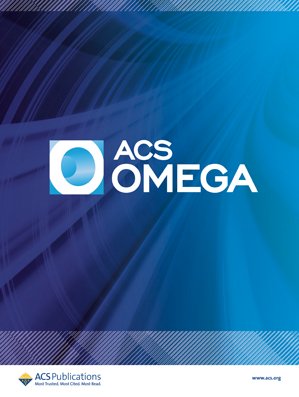|
Autores/as
Balcells L.; Fornaguera C. ; Brugada-Vilà P. ; Brugada-Vilà P. ; Guerra-Rebollo M.; Meca-Cortés O.; Martínez G.; Rubio N.; Blanco J.; Santamaría J.; Cascante A.; Borrós S. ; Guerra-Rebollo M.; Meca-Cortés O.; Martínez G.; Rubio N.; Blanco J.; Santamaría J.; Cascante A.; Borrós S.
|
Abstract
The clinical implantation of gene therapy is hindered by the limitations of current gene delivery vectors, namely, safety issues regarding viral vectors and low transfection efficacy regarding nonviral vectors. Thus, the design of safe and efficient gene carriers is a key point for the success of such therapies. In addition, when employing genetically modified cells for further applications, the selection of successfully modified cells becomes crucial. To address these issues, we have developed multicomponent nanoparticles composed of poly(ß-amino ester) (pBAE) polymers, plasmid DNA, and superparamagnetic iron oxide nanoparticles (SPIONs). Whereas pBAEs were initially employed as safe and biocompatible carriers with improved transfection efficiency, as compared to commercial vectors, SPIONs were used because of their magnetic character that enables cell selection. Surprisingly, the results presented here revealed an unexpected enhancer effect of SPIONs on the transfection efficiency of pBAE/pDNA polyplexes in both permissive and reluctant to transfection cell lines. This unanticipated outcome, together with the allowance to perform a selective magnetic sorting of genetically modified cells without interfering in cell transfection, opens the door to SPION-containing nanoparticles as promising tools for cell therapy approaches.
|

WoS
Scopus
Altmetrics
  
|
